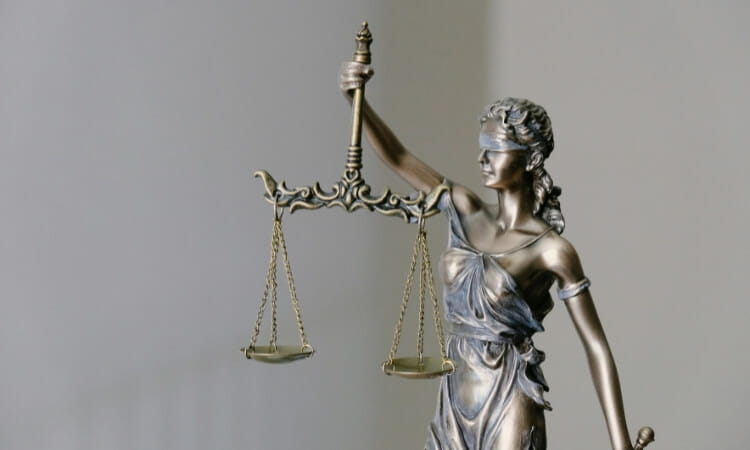Professional American gamer William ‘Billy’ James Mitchell is suing Brisbane-based YouTube creator Karl Jobst for almost half a million dollars in defamation damages over accusations that Mr Mitchell cheated to achieve the world record scores for the classic arcade game Donkey Kong.
It is alleged Mr Jobst aired the statement on his YouTube channel, which has more than a million followers.
Mr Mitchell's case, due to go to trial, is but one example of the numerous defamation claims arising from online content in Australia, a country that now ranks among the highest globally in defamation case rates.
Recent judicial decisions, such as the High Court's ruling in the Fairfax Media Publications Pty Ltd, Nationwide News Pty Limited & Australian News Channel Pty Ltd v Voller [2021] HCA 27, underscore the complexities of social media liability and its implications for defamation law.
Such cases highlight the importance of creators and influencers being fully aware of their legal obligations and the potential ramifications of their content, especially when it could be deemed defamatory.
In Australia, defamation is regulated by both common law (case law) and legislation. However, before 2005, the lack of uniformity in defamation laws across states and territories led to complex legal proceedings and high costs.
In 2005, all states and territories passed their respective versions of the uniform legislation to regulate defamation, with Queensland adopting the Defamation Act 2005.
While many aspects of defamation law are now provided by the Act, the common law principles continue to apply, except where they are otherwise altered by legislation.
The 2005 Act does not define ‘defamation’ or outline its elements; therefore, people must turn to common law for guidance.
To be successful in a defamation claim, a plaintiff must prove that the matter or material is of a defamatory nature, the matter identifies the plaintiff, the defamatory material was published to a third party, and the plaintiff has sustained serious harm.
The legislation was based on historical understandings of defamation and was not designed for the era of social media.
Emerging issues such as disappearing stories on platforms like Instagram and Snapchat, private messaging in group chats, and liability for social media page administrators add further layers of complexity to defamation law in the digital age, as do the liabilities of influencers and creators.
Further review and amendment, therefore, took place to address emerging communication channels and social practices.
In 2021, Queensland and other jurisdictions adopted amendments to the Defamation Act 2005.
Some key changes include introducing a serious harm requirement, issuing a ‘concerns notice’ as a pre-requisite to commencing proceedings, removing the defence of triviality, and adding new defences such as the defence of public interest.
Accordingly, in Mr Mitchell’s case, he must prove that, due to the defamatory meaning of the material, he has suffered serious reputational harm or is likely to suffer that harm by the defamatory material in the future.
This will require the court to consider the consequences of publication rather than the content published.
In addition, to apply the new defence of public interest, Mr Jobst needs to prove that the content of the material published was a matter of public interest and that publishing that material was also in the public interest.
Meeting these criteria is vital to the claim's success but is the most challenging issue for the parties involved.



